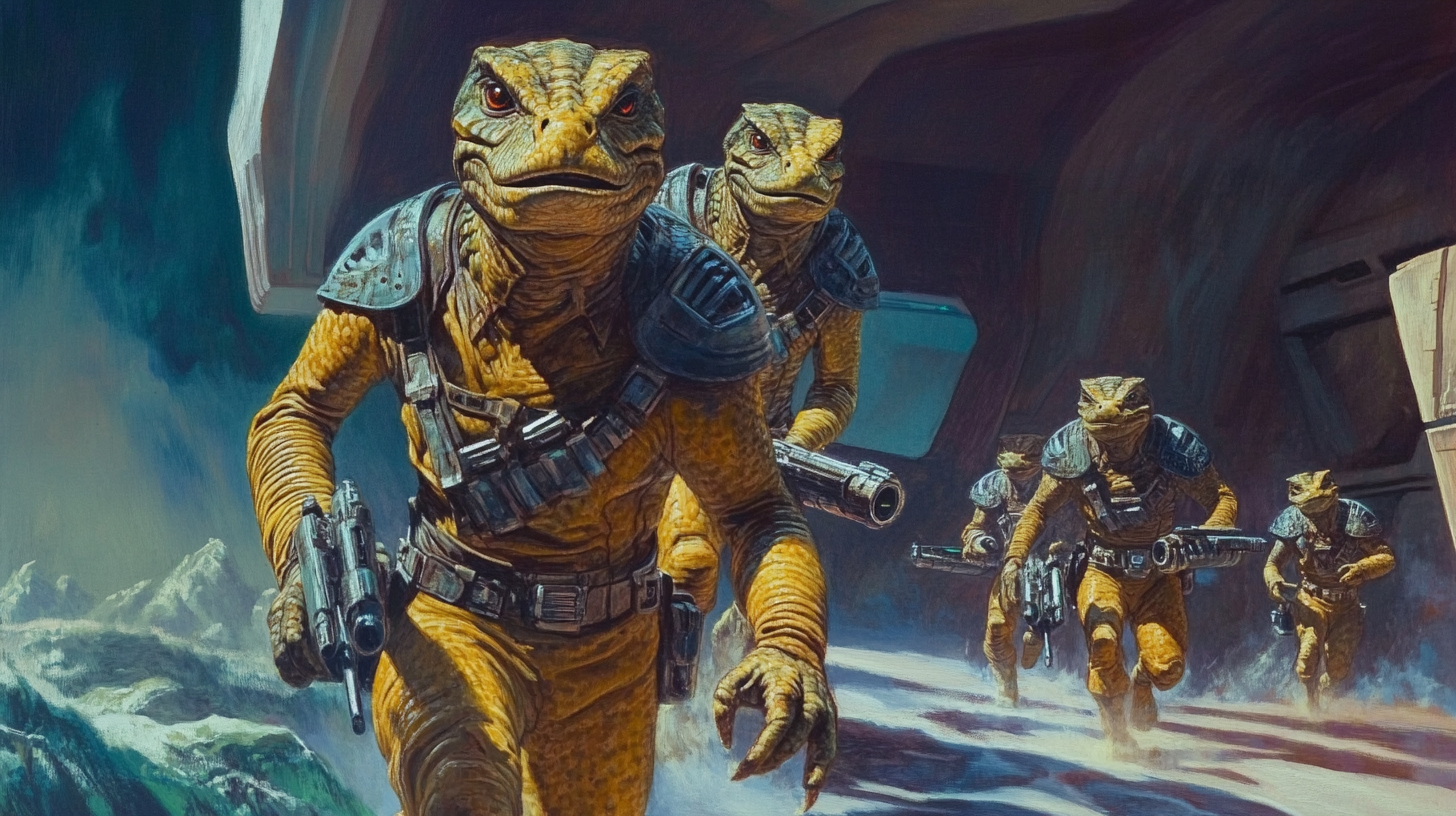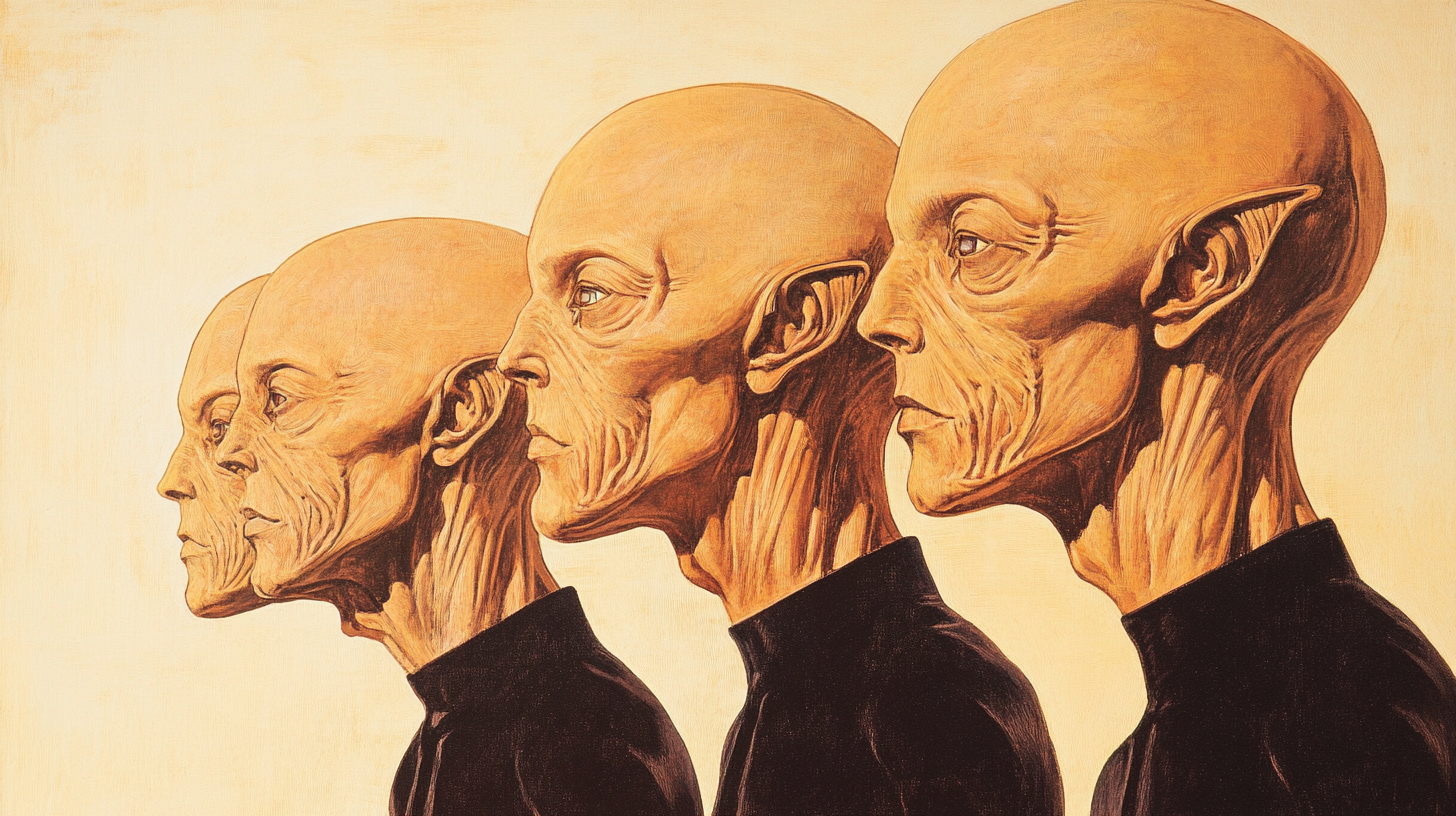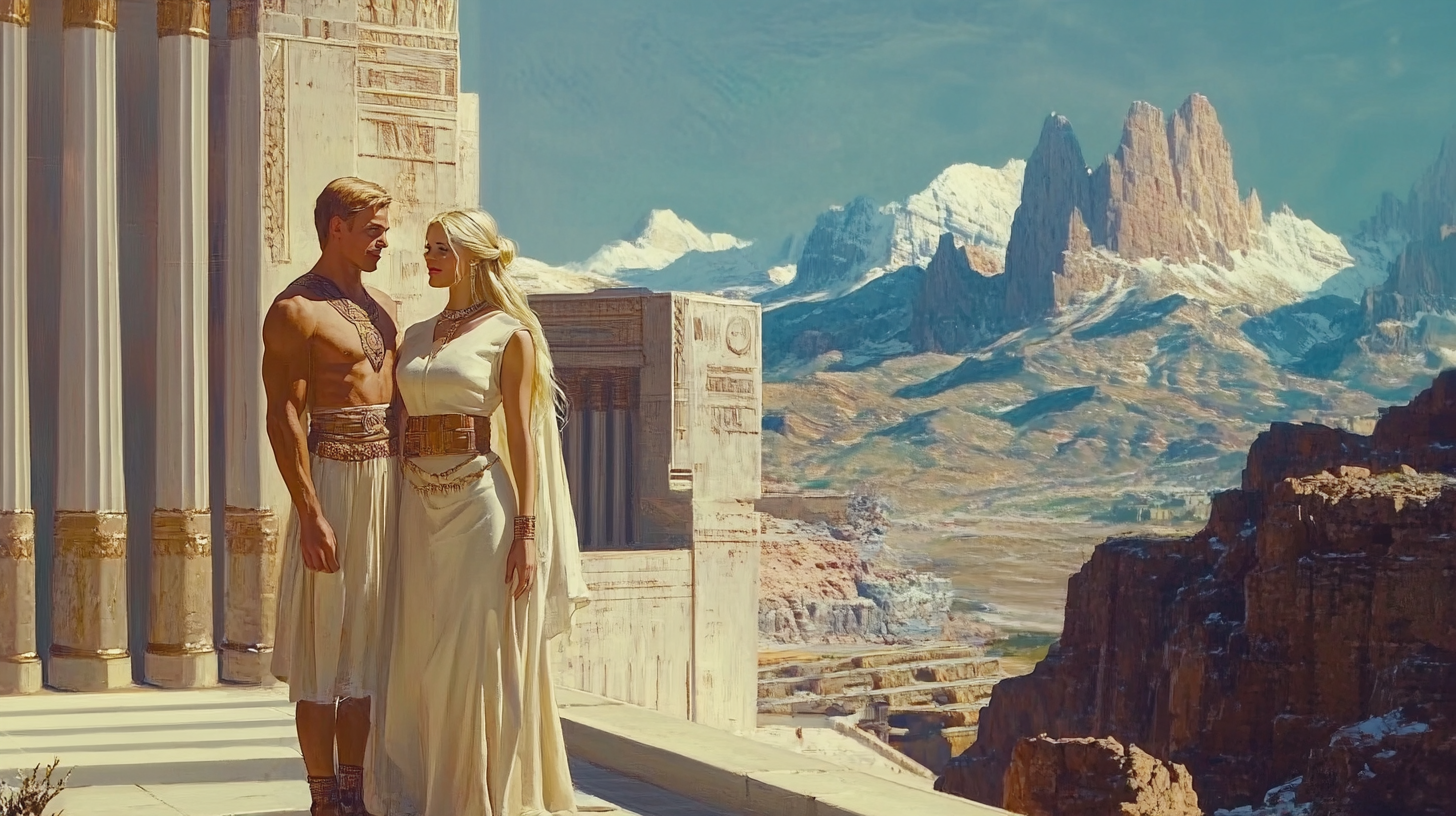The Aliens "Star Trek" Introduced and Then Left Behind
A look at seven unforgettable alien species from "Star Trek" that appeared in a single episode, left a lasting impression, and showed how one-shot encounters can shape great science fiction.

"Star Trek" made television history by daring to treat space exploration not as spectacle, but as inquiry. Each week, the crew of the Enterprise encountered civilizations that posed ethical dilemmas, cultural puzzles, or outright existential threats.
This alien-of-the-week format became a signature of the show's early years, offering a new philosophical or scientific idea with each encounter.
Yet this same strength occasionally doubled as a limitation. Fascinating alien species would emerge, deliver a powerful impression, then disappear without explanation or return. Some were written off as anomalies. Others, by accident or design, were never revisited despite their potential to expand the narrative universe.
The brilliance of these one-shot aliens rests in how much they accomplished within a single appearance. With minimal screen time, they suggested entire worlds, implied larger conflicts, and left viewers with lingering questions. In doing so, they reinforced the series' central promise—that the galaxy is far larger and stranger than we can ever fully chart.
The Power of One-Shot Aliens
Many of the most intriguing alien species in "Star Trek" appeared only once. This was not always a matter of oversight. In several cases, their single appearance was enough to deliver a complete and potent idea.
These one-time encounters often distilled a philosophical question or speculative concept into a single dramatic situation, allowing the writers to explore moral tensions without the need for lengthy exposition.
The format demanded a narrative economy. In forty-eight minutes, these aliens had to stand in for entire civilizations. The best of them did more than create conflict—they acted as mirrors, exposing flaws or assumptions within the Federation or human nature itself. Sometimes, they represented order taken to its extreme. Other times, they forced characters to weigh duty against empathy, or logic against faith.
Behind the camera, real-world constraints often played a role. Elaborate costumes, special effects, or complex prosthetics were expensive and time-consuming. That practical reality often meant even the most compelling species were never brought back. But their impact endured. In compressing vast concepts into a single outing, these aliens reminded viewers just how much science fiction can accomplish in a short span of time.
Seven Aliens That Should've Returned

The Gorn – "Arena"
The Gorn captain's duel with Captain Kirk in "Arena" became one of the most iconic moments in the original series. A reptilian species with strength and cunning, the Gorn presented a form of intelligence unfamiliar to Federation values. The episode hinted at a civilization governed by a logic alien to human sensibilities. Their return could have deepened questions about diplomacy, perception, and what qualifies as intelligence or reason in a hostile environment.
The Thasians – "Charlie X"
The Thasians were powerful, incorporeal beings who rescued and raised the orphaned Charlie Evans after a crash on their planet. Their intervention at the episode's end felt more like divine judgment than science fiction arbitration. The Thasians posed profound questions about the nature of responsibility and the limits of compassion. A future appearance might have allowed "Star Trek" to explore the cost of power and the burden of godlike stewardship.
The Medusans – "Is There in Truth No Beauty?"
The Medusans were non-corporeal beings so alien in appearance that a human viewer would go mad by looking upon them. Yet their minds were capable of astonishing navigational clarity. The idea that beauty and terror could be one and the same offered rich ground for psychological and philosophical exploration. A return appearance could have tackled questions of perception, trust, and the limits of human empathy.
The Excalbians – "The Savage Curtain"
In their sole appearance, the Excalbians staged a moral experiment, forcing Kirk and Spock to fight alongside and against representations of good and evil. Their methods were theatrical, but their interest in ethical inquiry made them an ideal foil for the Federation. They embodied the idea that outside observers might view human morality as a curiosity worth testing. Their return could have examined shifting values and the dangers of moral absolutism.

The Vians – "The Empath"
Coldly clinical and deeply unsettling, the Vians conducted tests of suffering and sacrifice to determine the worthiness of another species. Their logic was alien, their ethics unknowable. The Vians could have returned as judges of Federation expansion, raising uncomfortable questions about whether humanity had evolved beyond self-interest. Their quiet menace and cold rationality offered a perfect counterpoint to the show's optimistic outlook.
The Horta – "The Devil in the Dark"
A silicon-based lifeform living beneath the surface of Janus VI, the Horta was at first mistaken for a monster. In truth, it was a mother protecting its eggs from unwitting miners. Its story of misunderstanding and reconciliation is a classic. A return could have examined the Horta's integration into the Federation or sparked a new debate over coexistence with truly non-humanoid life.
The Edo – "Justice"

The Edo of Rubicun III lived in a seemingly utopian society where minor infractions were punished by death. Their worldview, enforced by a godlike orbiting entity, clashed sharply with Federation ideals. The tension between order and freedom in "Justice" made the Edo ideal candidates for future contact. A return might have explored the cost of peace maintained by fear and divine surveillance.
Lessons for Future Science Fiction Storytelling
What set these one-shot aliens apart was not elaborate world-building or long arcs. It was the strength of the idea. Each species embodied a singular concept—clear, provocative, and delivered with precision. In an age where science fiction often leans on serialized narratives and character backstory, the clarity of these encounters offers a valuable model.
Modern writers would do well to revisit this approach. A well-crafted alien civilization, introduced and resolved in one episode, can deliver more thematic weight than a season-long subplot. The key lies in bold premises, moral tension, and the courage to leave some mysteries unsolved.
Standalone speculative episodes have become rare. But they remain essential.
They serve as pressure points, pushing the narrative into new territory without breaking continuity. These forgotten aliens remind us that science fiction's greatest strength is not continuity but vision. When a story dares to ask one good question—and dares to leave the answer open—it honors the spirit of the genre at its finest.
The Frontier Still Beckons
The universe of "Star Trek" has always promised more than it could fully explore. Its strength lies in the glimpses—those brief, brilliant flashes of possibility that suggest entire civilizations beyond the screen. The one-shot aliens remembered here were not narrative filler. They were imaginative leaps, each one posing questions that linger long after the credits roll.
These species challenged the Federation, disrupted expectations, and enriched the mythology without needing a sequel. They remind us that science fiction thrives not on answers, but on the power of the unknown. The frontier is not just out there—it is in the ideas we dare to touch once, then let drift back into the stars.
To remember these aliens is to remember what made "Star Trek" a touchstone for generations. The unknown, seen only briefly, is often what stays with us the longest.

